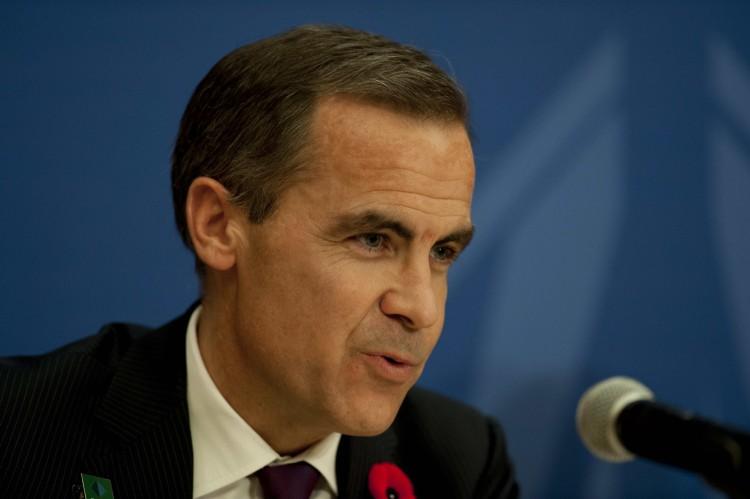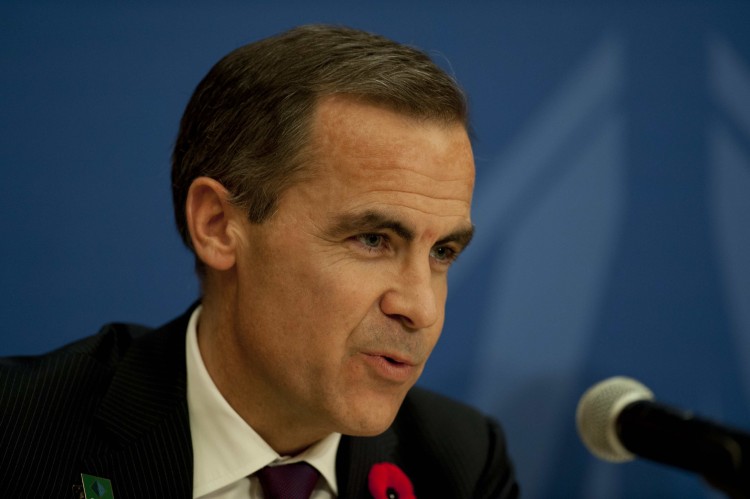Bank of Canada governor Mark Carney in a speech this week called on central banks to pursue transparency in order to be accountable, while noting that their policy guidance is “never a promise” but can most effectively be used in “extraordinary times.”
Carney: Central Bank Policy Guidance is ‘Never a Promise’
Bank of Canada governor Mark Carney says central bank policy guidance may be most useful in “extraordinary times.”
|Updated:





